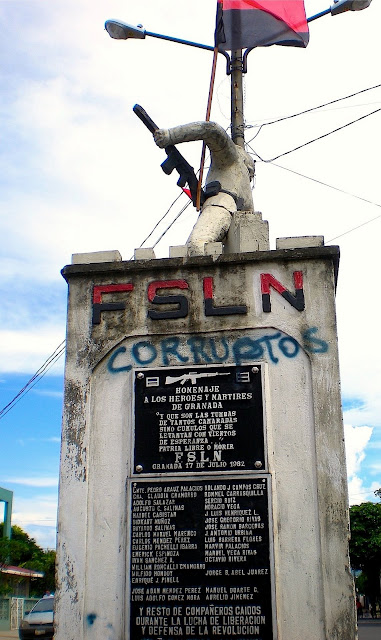I recently took a moment to calculate my carbon footprint:
(1) I emit about 13.6 tons of CO2 into the atmosphere.
(2) If I implement some basic conservation habits, I can reduce my emissions by 13% a year- a total of about 11,200 pounds!
I also learned that because I am a broke law student who lives far from her family, my individual emissions, compared to the average American, are very extreme. For example, I emit an extremely low amount of CO2 in regards to home and auto emissions. This is because I live in a tiny little apartment in central D.C. and don't use much heat or electricity. And because I only use the metro/subway system in D.C., I don't need to drive a car here. However, because my dear family lives in California, I fly home at least three times a year and emit about 14,520 pounds of CO2 into the atmosphere!
National individual ave. of HOME emissions is about 11.16%; I emit about 5.06% --> =)
National individual ave. of AUTO emissions is about 5.02%; I emit about 1% ---> =)
National individual ave. of AIR travel emissions is about 0.46%; I emit about 8.61% ---> =(
Some reduction strategies:
-By maintaining a strict recycling regiment, I can offset about 11,000 pounds of my carbon emissions.
- By planting one tree, I can offset about 1 ton of my carbon emissions!
--------------------------------------------------------------------------------------------
Yesterday, the D.C. Green Muslims had another service day where we went to Marvin Gaye park in N.E. DC and planted a total of 6 trees. I personally helped plan two of those trees, thereby reducing my carbon footprint by almost 2 tons. In conclusion, my CO2 emission total for 2008 will be about 11.6 tons. Comparatively, the ave. American will have emitted about 19 tons of CO2 this year.
How cool am I? You do the math.
Stumped.
Devan. The hardest working kid I ever met.
Yes. It took 6 of us to uproot the stump.
The pick-axe is my tool of choice. And yes, it is heavy.
Scooter McGee says: if you're not part of the solution, I will bite you.











